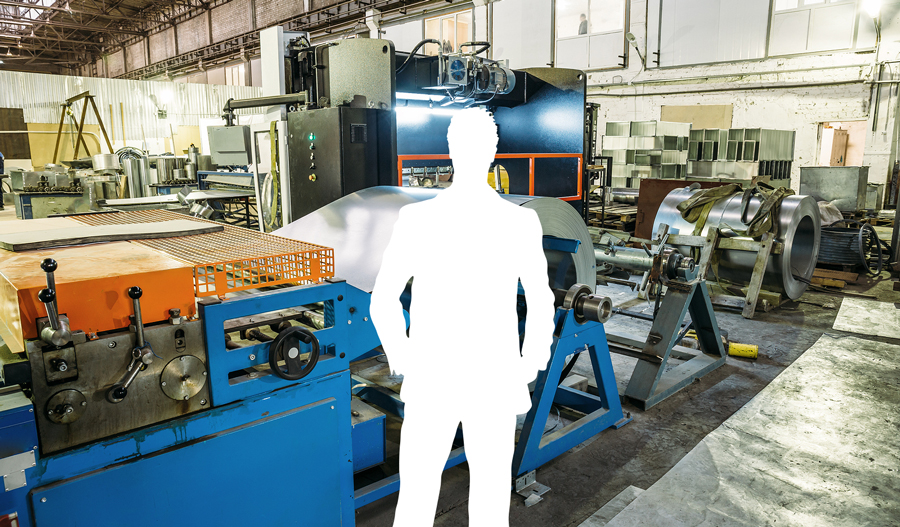It’s a sentiment manufacturers across the industry echo as one of the biggest headwinds in the face of economic progress: A shortage of skilled laborers. More jobs exist today than workers equipped to fill them — and researchers expect that number to go up to as many as 2 million unfilled jobs by 2025. The gap is only getting bigger.
Why aren’t we filling skilled labor positions?
No one single reason exists for the increasing disparity in available jobs and skilled labor. According to Deloitte’s data, a combination of headwinds and poor timing are largely to blame:
- By 2025, 2.7 million skilled baby boomers are set to retire, vacating jobs at a rate faster than incoming skilled laborers can fill.
- 700,000 manufacturing skilled labor jobs will likely be added to the economy in this same time frame, widening the gap between opportunities and applicants.
- The average time it takes to vet a potential employee and fill a skilled labor position is between 70 to 90 days or more, depending on the position and experience required. This is opposite an average of 48 days for other industries.
In addition to these figures, 6 out of 10 applicants for skilled labor positions remain unqualified despite their interest. Hiring executives cite a lack of computer skills, basic technical training, problem-solving, and math skills as the chief reasons for turning away applicants.
Get back to the fundamentals
Solving the skilled labor shortage means going back to basics — specifically education and training.
Proponents working hard to bridge the labor gap — such as Mike Rowe, CEO of the mikeroweWORKS Foundation, which provides scholarships to study skilled trades — believe the best thing for reigniting a skilled workforce is to introduce skills earlier and make them as valuable as two- and four-year degrees.
“Americans still view a career in the trades as some kind of ‘vocational consolation prize.’ It’s a bias as misguided as any other prejudice with us today, and it poses a clear and present danger to our country’s overall economic security,” Rowe said in an interview regarding federal funding for career and technical education and training.
Rowe and other concerned industry experts recognize the need to ingrain not only essential skills at a young age but also a positive outlook on trades. Early-age exposure would naturally ramp up into career interest for many, where numerous opportunities for introduction into the skilled labor force exist.

Teaching skills for the future
With demand proven and resources in place to help fill that demand, it’s up to manufacturers to work with educators to communicate the types of skills and proficiencies they’re looking for. A dialogue between trade school administrators and local and national industry leaders is paramount. Employers can better communicate their needs to educators who will ultimately train the laborers those employers hire. And, with each innovation in the industry, a skilled crop of laborers won’t be far behind.
Refocused institutional education is just the beginning. Continuous process improvements, re-training programs, certification and accreditation programs, and more are all ways employers can keep their laborers engaged and quickly onboard new hires into their established work environments.
There may be a widening gap between jobs and workers qualified to fill them, but taking the steps to build a bridge from both sides is a quick way to solve this glaring problem. With the right education and motivation, a new generation of skilled laborers can reverse the trend on an alarming labor deficit.
